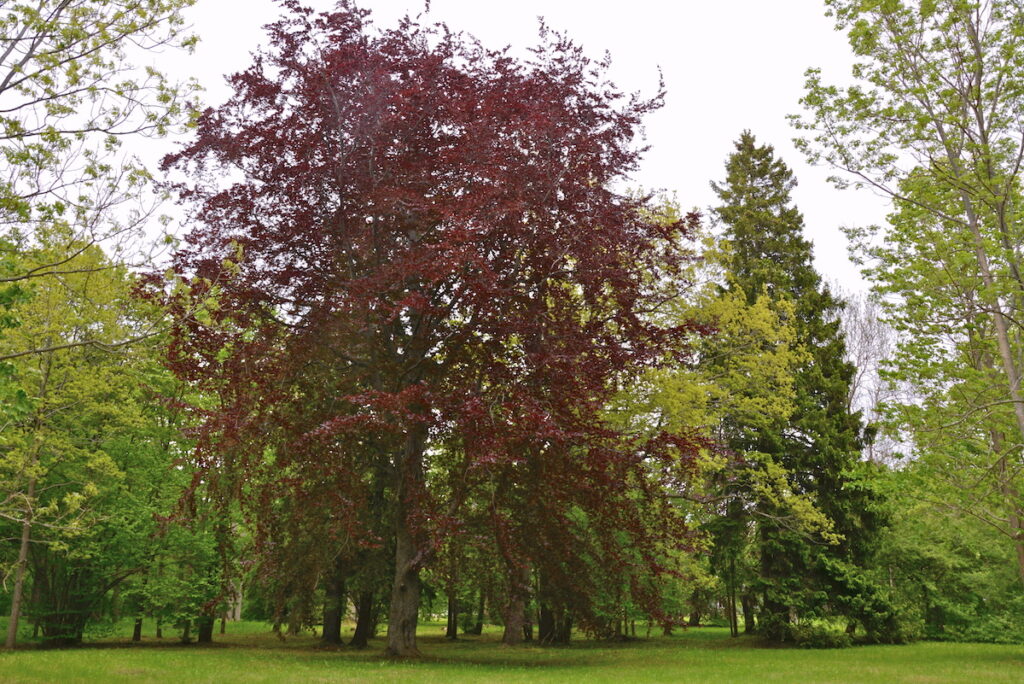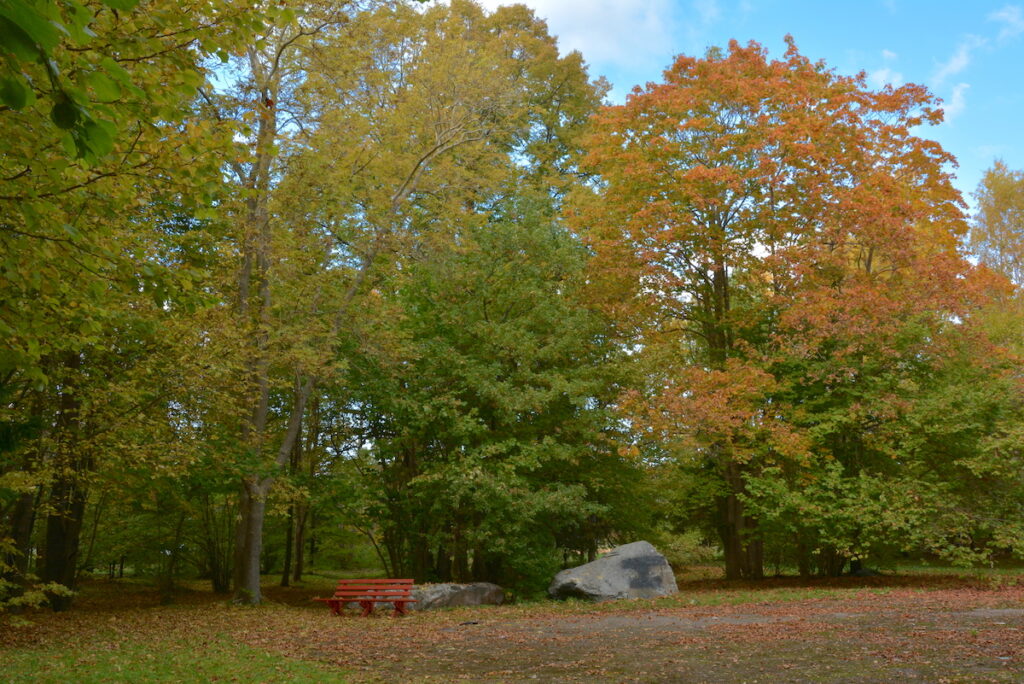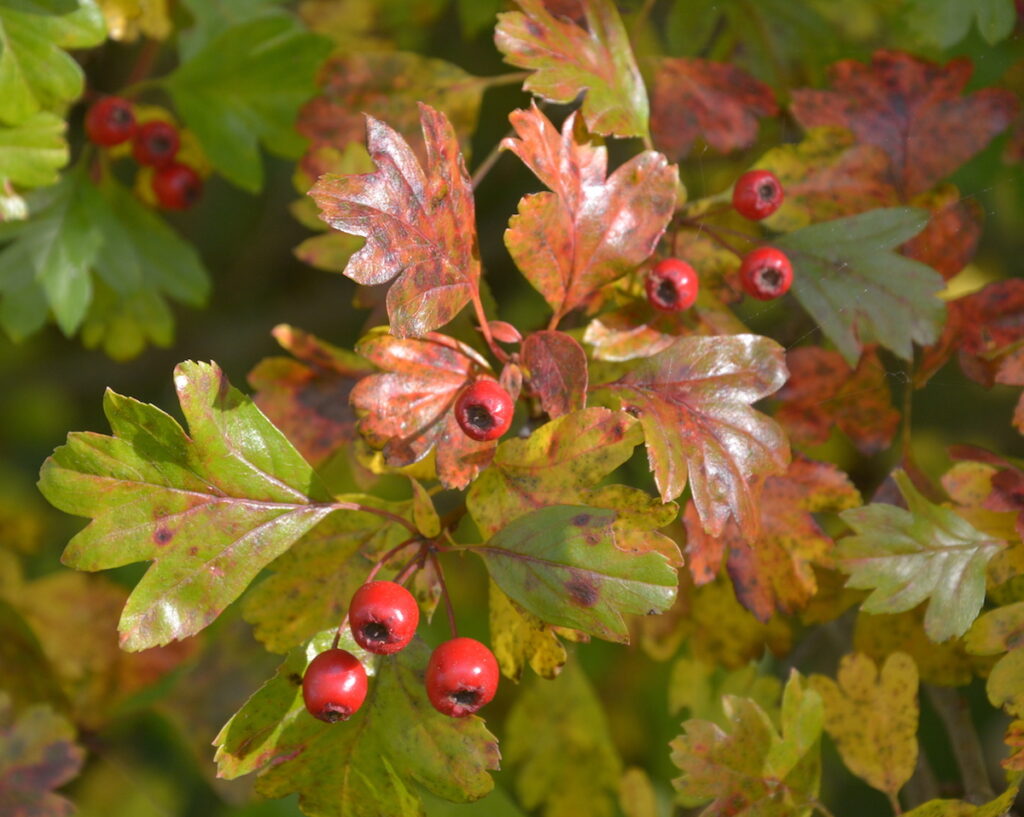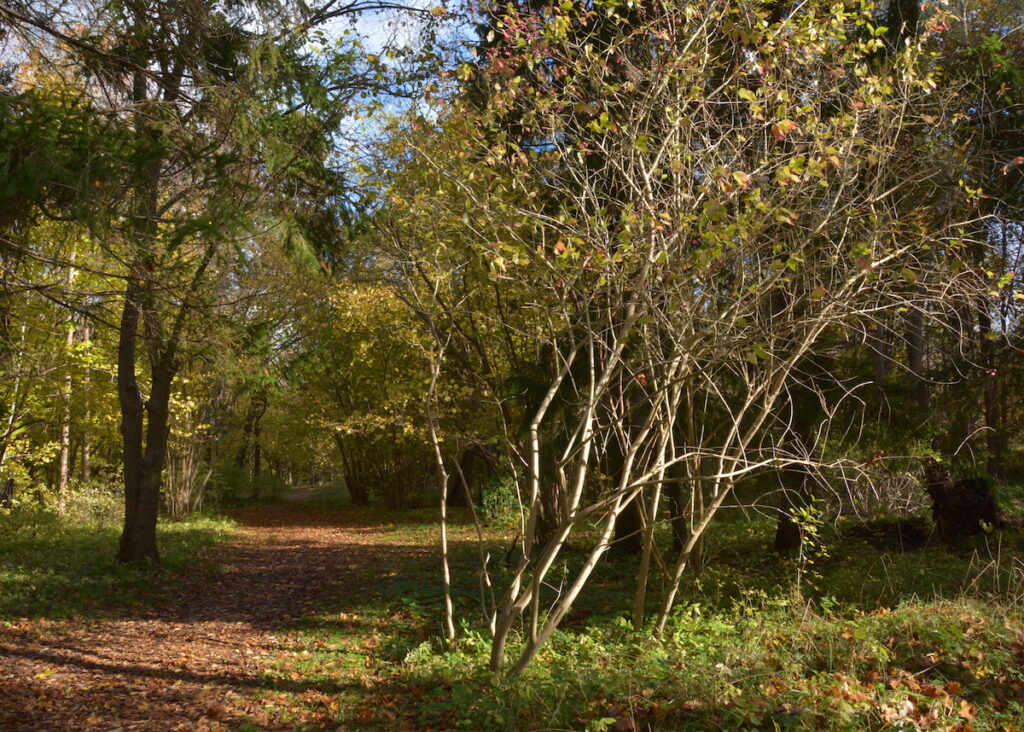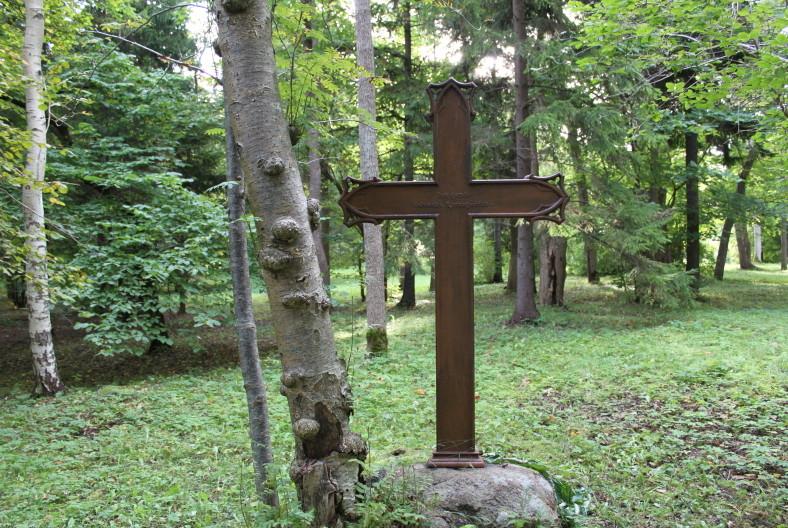Kärdla beach park
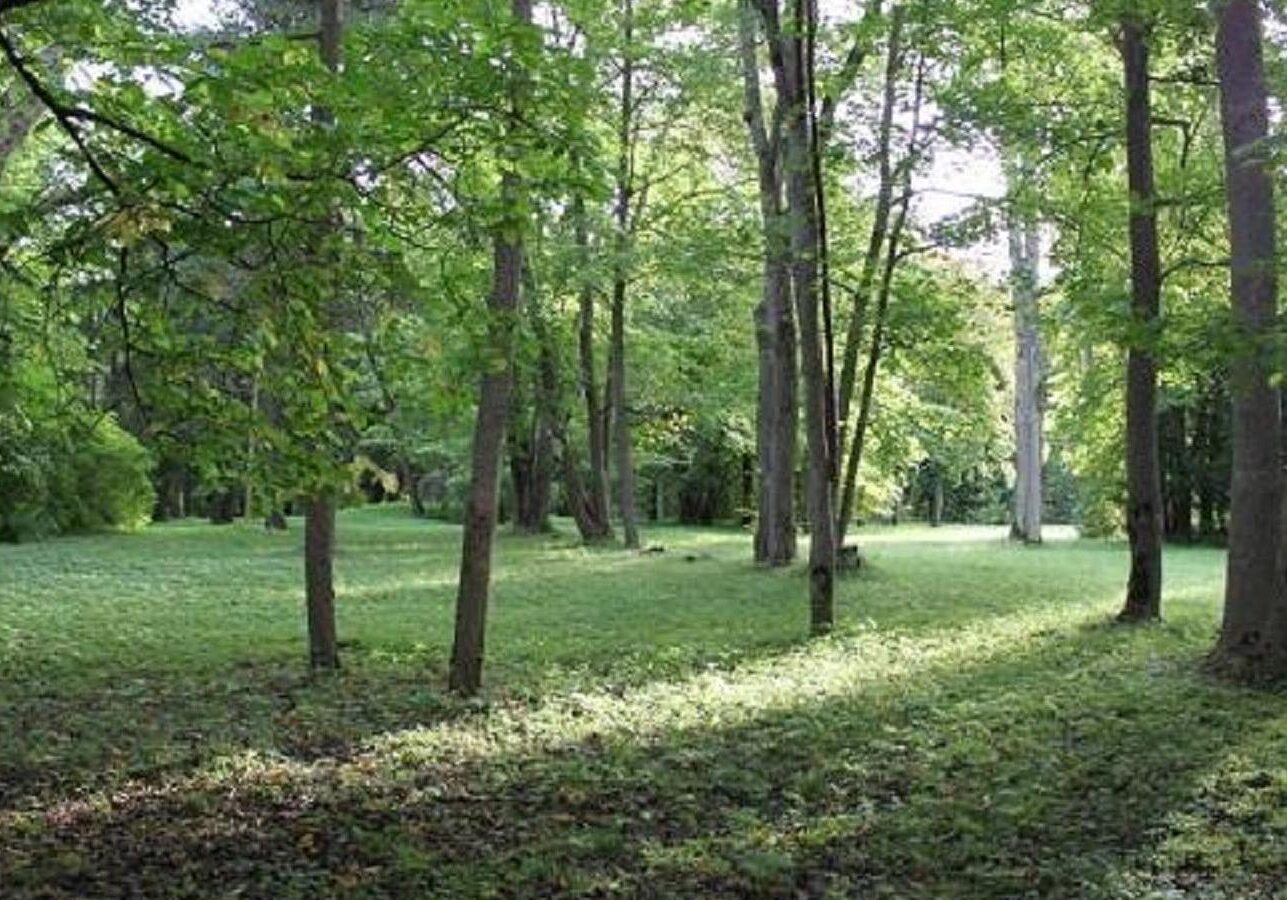
In early 19 century, an old Swedish village was replaced by a new settlement of the workers of a new cloth mill which was built in 1829. The houses of “factory nobs” or masters were built in the proximity of a Swedish cemetery. Very soon, the first director of the factory Baron Robert Eginhard von Ungern-Sternberg (1813- 1898) had the graveyard turned into a garden. The former cemetery is reminded by an iron cross which was erected in memory of Karel Taning, the last Swede laid to rest in the graveyard in 1848.
The Baron’s garden has by now become Kärdla Beach Park. The majority of the total of 29 species of trees and bushes are maples, ash trees, elms and fir trees. Foreign species decorating the park are purple-leaved beech, larch, white pine and silver fir. An area between the harbour and the Factory Square is filled with common alder hence the name Lepakoppel (Alder Paddock).This area used to be a popular place for open air concerts and summer parties.
By the seaside one can find a hill which is called Lubjaahjumägi Limekiln Hill. The name is an evidence of one of the past activities of Hiiumaa people lime burning. Now, there is a popular café and restaurant “Rannapaargu” on the top of the hill. The restaurant was built in 1971.
Close to the water is a boulder. The horizontal lines engraved in the stone mark the highest water levels in the history of Kärdla.
Gallery
It is a waypoint on the journey
You might also be interested in:


